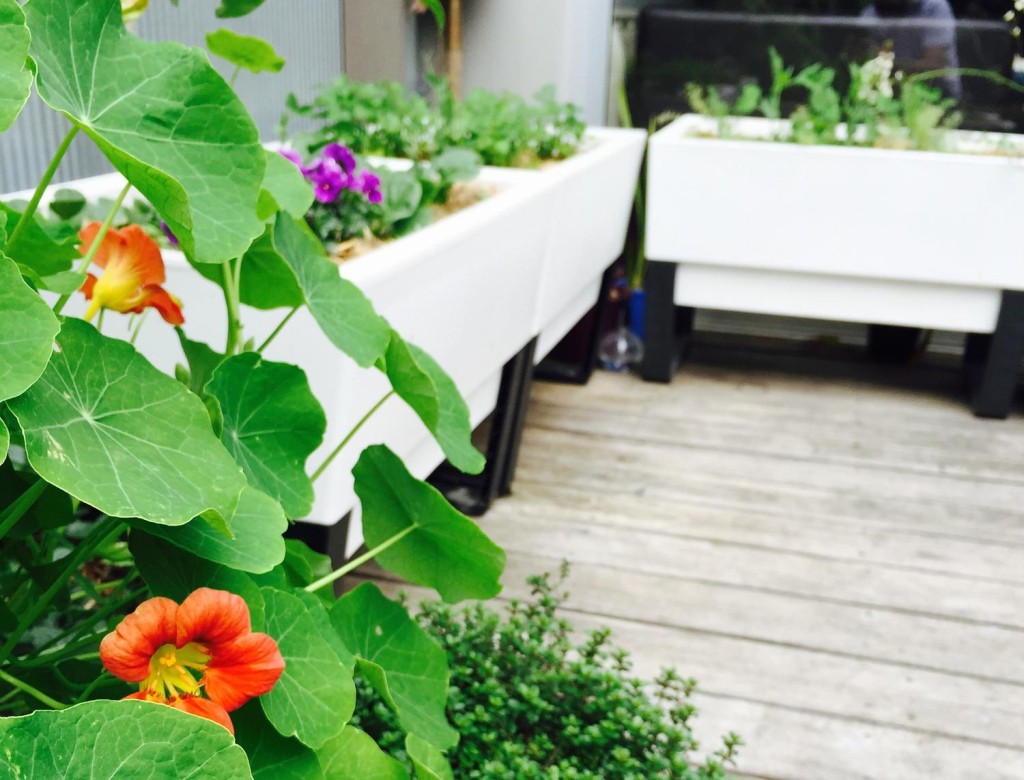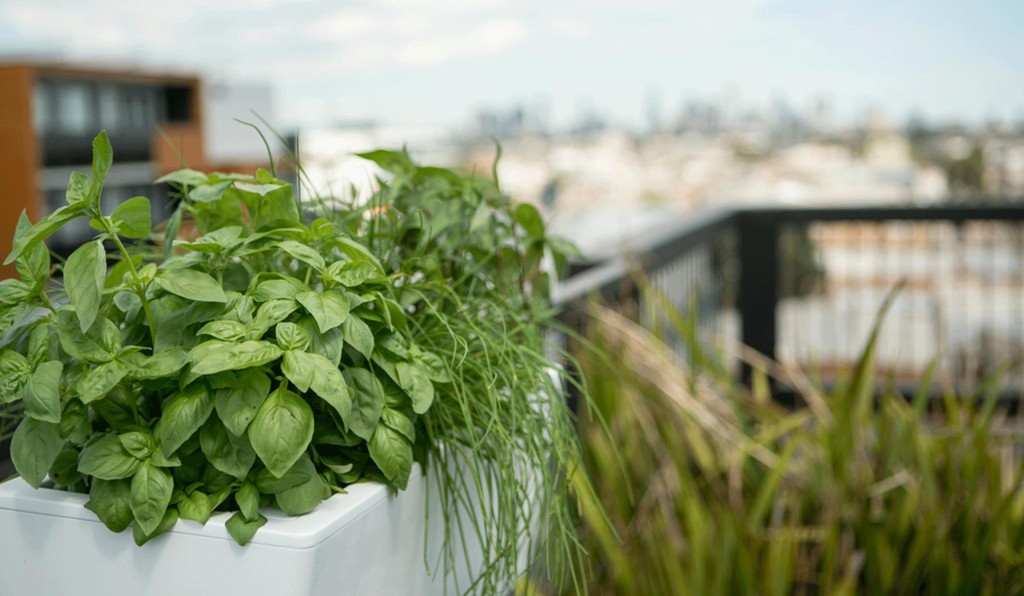Living in a big city, I’m more than disappointed in the quality of vegetables that supermarkets offer. It’s not uncommon for store-bought tomatoes to go bad within a day, or for lettuce to quickly turn into green mush even when it’s been refrigerated. For the high prices they come at, it’s pretty demoralizing to have to throw veggies away. That being the case, I found that the solution is to start a small vegetable garden.
For an urban dweller like me, vegetable container gardening is the source of joy and plenty of healthy, fresh bounty. There’s nothing like biting into a tomato that you yourself have grown and the feeling of satisfaction that comes with it. And with the modern, self-watering planters you can almost effortlessly grow just about any vegetable and save some dollars that way. However, to get started with vegetable container gardening, you first need some robust and reliable planter boxes, a good potting mix, and seedlings of the plants of your choice.

Containers that Optimize Growth
When choosing vegetable containers, make sure they offer plenty of depth, width is not as important. Unlike ornamental plants, vegetable roots need plenty of space to develop properly. In general, pots 18-24 cm deep are ideal. To further optimize vegetable growth, consider self-watering planters or wicking-bed planters as they have an integrated water tank at the bottom that allows roots to continuously draw moisture. This means that the plants always have the needed amount of water available.

Healthy Soil
The key to growing juicy, tasty vegetables is a good, organic potting mix. Look for a mix that contains a blend of organic compost matter, fine bark pieces to ensure good drainage, and slow release organic fertiliser. The nice thing about organic potting soil is that you can easily make it yourself and save money along the way. Additionally, you can prolong the life of the soil with extra structure in the form of Perlite and by periodically adding liquid fertiliser.
Choosing what to Plant
When it comes to choosing what to plant, the options are endless. The safest bet is to choose something that will match your space and lifestyle. If the space is partially shaded, consider seedlings that don’t require much sunlight, like for instance leafy greens (lettuce, chard, and spinach). On the other hand, the least tolerant of shady spots are vegetables that fruit from a blossom (tomatoes, peppers, and cucumbers) as these need plenty of direct sunlight.
























